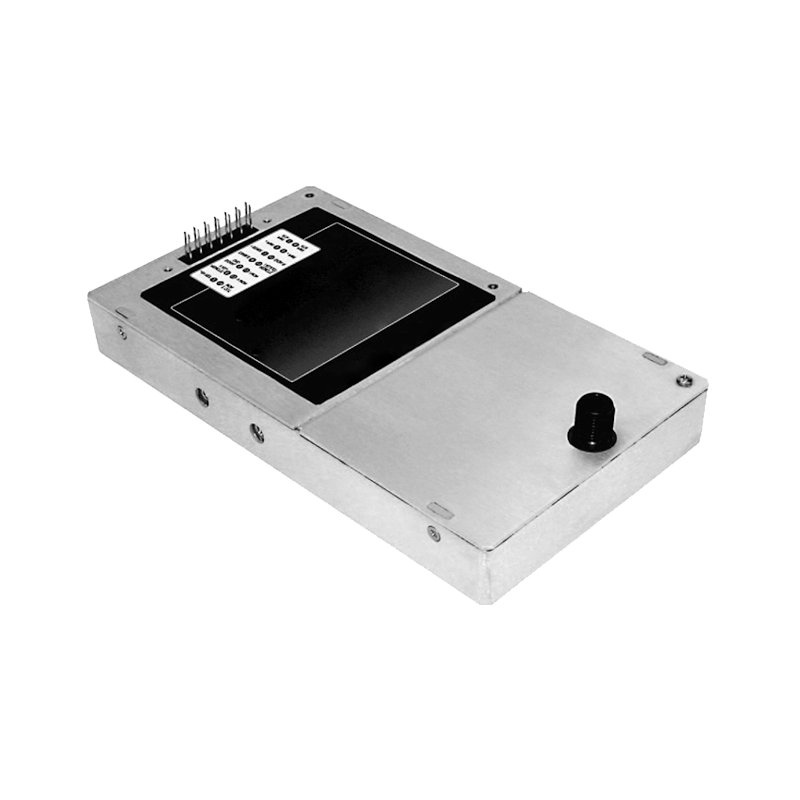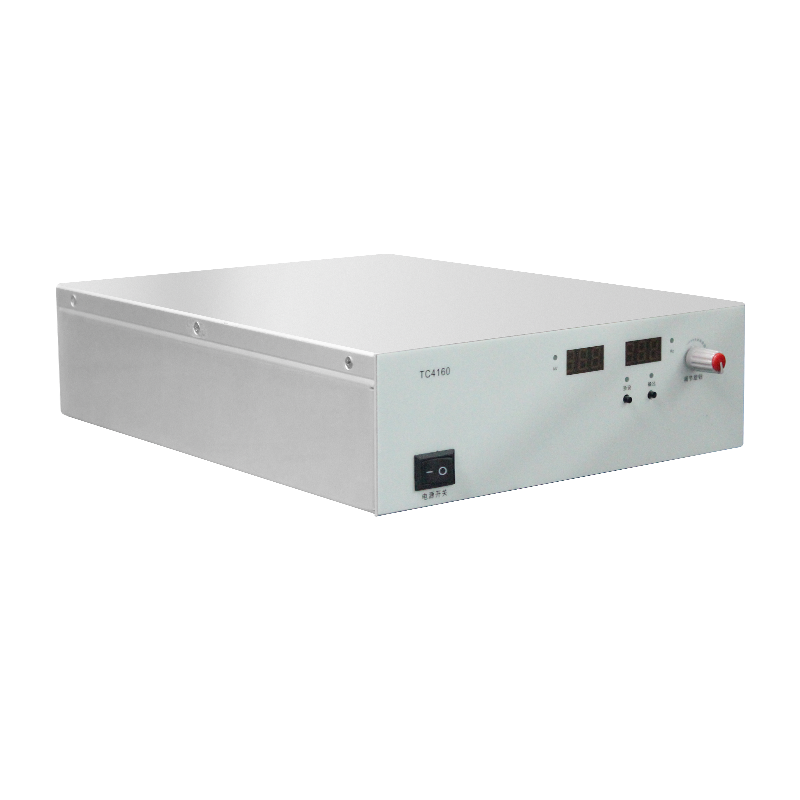Expansion of Application Scenarios for Polarity-Reversible High Voltage Power Supplies and Technical Value Analysis
The realization of polarity switching function in high-voltage power supply technology signifies a crucial breakthrough in electrical control capabilities. By dynamically adjusting the positive/negative polarity of output voltage, this type of power supply overcomes the limitations of traditional fixed-polarity systems, providing fundamental support for technological innovation across multiple fields. This article analyzes its application potential from four dimensions: industrial manufacturing, scientific research, medical equipment, and environmental governance.
In industrial manufacturing, polarity-reversible power supplies are driving innovation in precision processing technologies. Taking flexible electronics manufacturing as an example, electrode patterning processes require alternating positive/negative electric fields for directional deposition of nanomaterials. Traditional equipment requires two independent power systems, whereas polarity-switching models reduce device volume by over 40% through millisecond-level polarity reversal, while enabling gradient field control via waveform programming to achieve submicron deposition accuracy. In electrostatic spraying processes, rapid polarity reversal improves coating uniformity by enhancing particle dispersion by 30%.
In scientific research, these power supplies demonstrate unique value in novel material studies. Two-dimensional material modification experiments demand dynamic polarity adjustment synchronized with crystal growth directions. Conventional systems require minutes for polarity switching due to cooling needs, prolonging experimental cycles. Intelligent switching systems complete polarity reversal within 10ms with voltage fluctuation below 0.5%, successfully preparing composite films with anisotropic conductivity. In plasma physics experiments, high-frequency switching (>1kHz) suppresses electrode surface charge accumulation by 65%, enhancing glow discharge stability.
Medical equipment development focuses on therapeutic applications. Novel tumor ablation devices utilize alternating polarity fields to induce periodic changes in cell membrane permeability, maintaining ablation efficacy while limiting peripheral tissue temperature rise within 3°C. Transdermal drug delivery systems achieve 4-8x efficiency improvement over conventional iontophoresis through resonant effects between switching frequency and molecular migration rates. Notably, such equipment must comply with IEC60601-2-10 standards, ensuring switching errors below 0.1% under 2000V/100mA operation.
Environmental governance witnesses technological breakthroughs. Dielectric barrier discharge reactors powered by bipolar pulses generate 2.3x higher reactive species concentration than DC systems, demonstrating 98% VOCs removal efficiency. In soil remediation, periodic polarity reversal prevents electrode polarization, maintaining stable heavy metal ion migration rates and reducing treatment duration by 30%. Testing shows 57% energy consumption reduction when switching frequency reaches 50Hz.
Core technical challenges include thermal management optimization during high-frequency switching, electromagnetic compatibility design, and long-term stability verification. Experimental data indicates 3°C/s temperature rise rates at switching frequencies exceeding 5kHz, demanding enhanced cooling solutions. Future development will focus on GaN-based high-frequency topology design and FPGA-driven dynamic control algorithms, potentially elevating energy conversion efficiency beyond 95%.




















